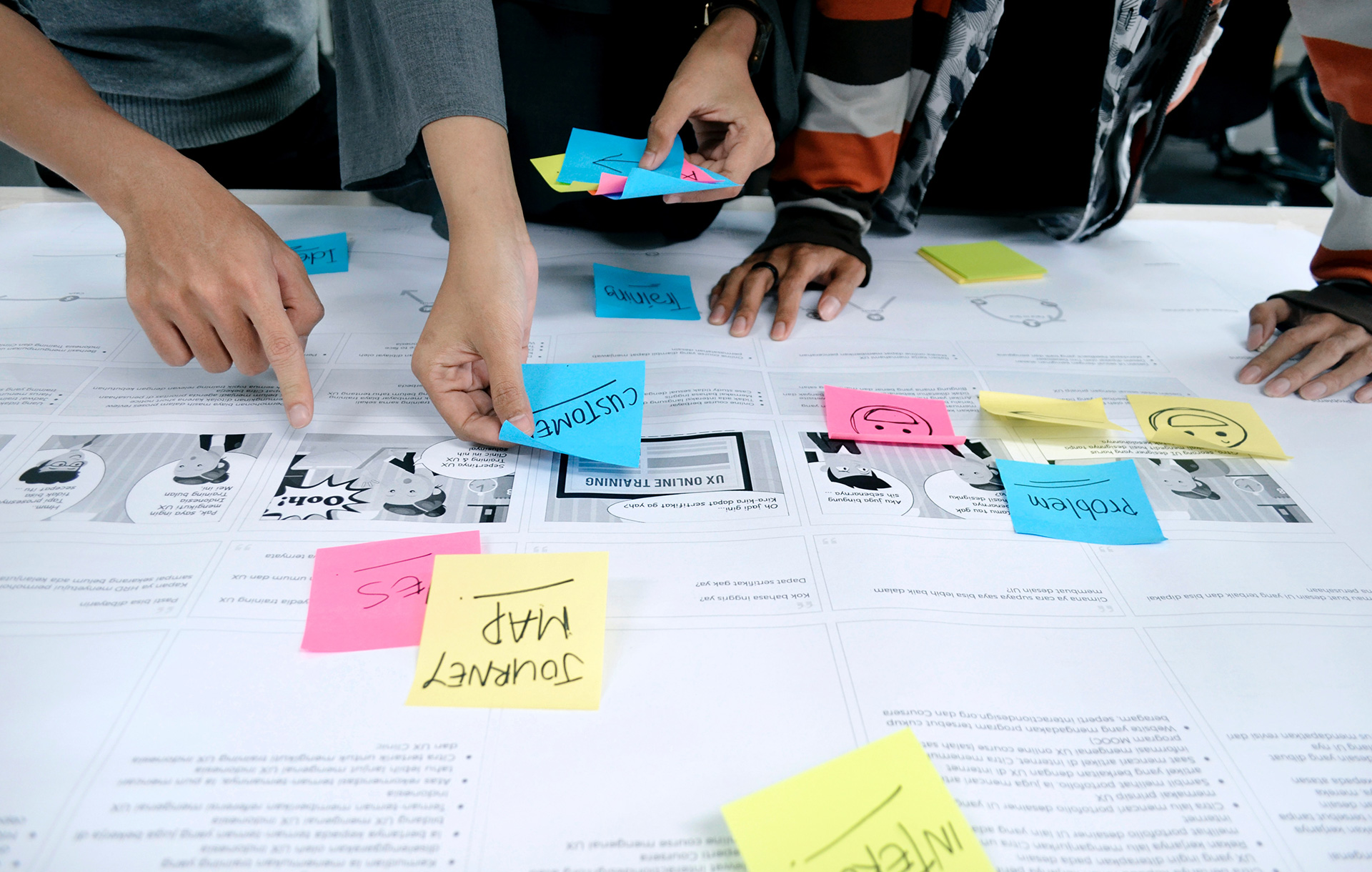Lean and Agile UX – A quick overview
Lean and Agile. Today many people and companies are using these terms interchangeably. Before they turn into another buzzwords, what precisely do these new phrases mean when it comes to UX? More importantly, there are good reasons why you should use Lean UX practices instead of the traditional ones.
So let’s go through briefly the key benefits of adopting Lean UX.
What exactly is Lean UX anyway?
Lean, rooted in Toyota’s manufacturing model, is designed to cut waste and to optimise operational efficiency, while providing the best customer value at the same time. On the other hand, Agile originates from software creation, focuses on team collaborations and efficiency.
So what does Lean mean in the context of UX?
How is Lean UX different from the conventional concepts of Lean and Agile? In fact, the foundation of Lean UX has been inspired by and has adopted the merits of both Lean and Agile development theories. Often many of the core values of Agile development can be found in the principles of Lean UX.
The underlying purpose is to find the fastest way to achieve the end goals, with less focus on documentations. What does this mean? To put it simply, the traditional UX process entailed too much wastes and detours to create the best UX design. It often marginalised actual ‘user experiences’ to the very last stages of design development.
(From Lean UX by Jeff Gothelf)
What exactly are the advantages of using Lean UX?
- Less waste – Lean UX moves away from deliverables- (including flow diagrams, sitemaps and so on) and documentation-based process. Instead, it moves toward a more quality- and experience-centred practice. Why is this so significant? That’s because whatever that is not used in developing the final product is considered as wasteful and time-consuming.
- Collaborative and interdisciplinary – It intends to ‘‘foster more open, collaborative, and iterative processes, and to break through the organizational red tape that can stifle creativity’’. For example, a Lean UX team may consist of a handful number of experts depending on the nature of project and the size of organisation from different fields / disciplines – such as creative director, designer and developer, allowing team-wide collaborations and feedback throughout the development process (the process also known as waterfall). Just imagine how much time you can save through constant iterations and reviews! Collaborations in Lean UX is not only limited among the experts. Collaborations with customers is also placed at the heart of practice, allowing us to have a shared understanding of problems and solutions with customers.
- Getting out of the building (GOOB) – Who has the final say to the final product? Without any doubts, it’s the customers. Whatever we design or develop, the successes are determined by whether the end users will click the final version of the call-to-action button. By staying Lean, user feedback is reflected at an early stage of development, leading to the most desired results.
- Fast and efficient – Staying Lean highlights the shift of importance to ‘rapid experimentation and measurement’ (see Lean UX by Jeff Gothelf), helping us achieve the end result in a more efficient manner. The underlying assumption of Lean UX also enables the designers and developers to constantly adjust their plans to respond to the changing needs of marketplace faster.
So, we just can’t express enough how important it is to use Lean UX.
What do you think?
Appnova is a digital agency specialising in web design, UX, eCommerce, branding, digital marketing and social media.
Keep following us on Twitter @appnova and “like” us on Facebook for useful news and tasteful digressions about geeky stuff.








0.Comments